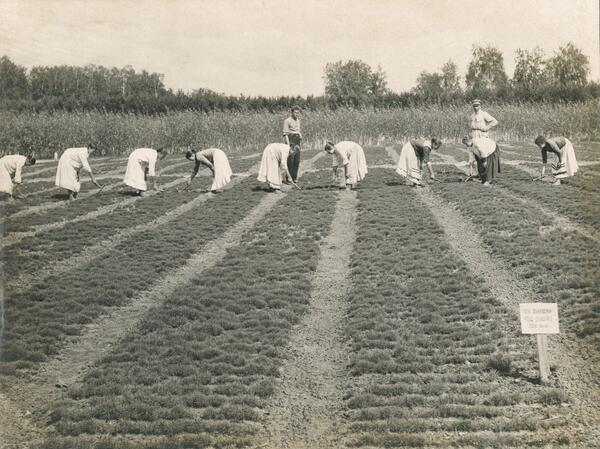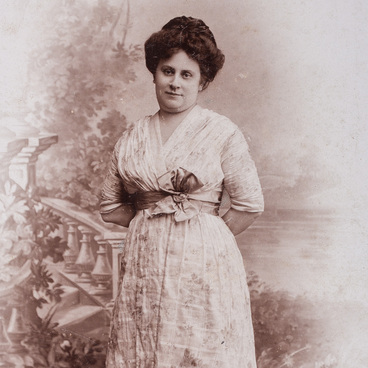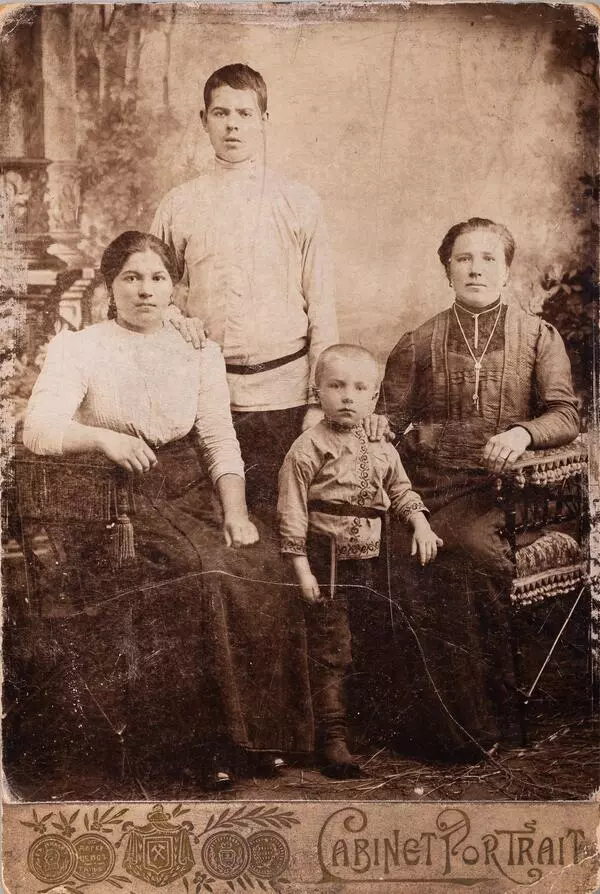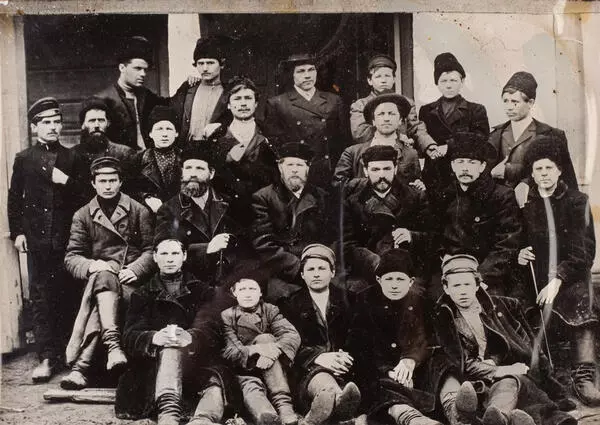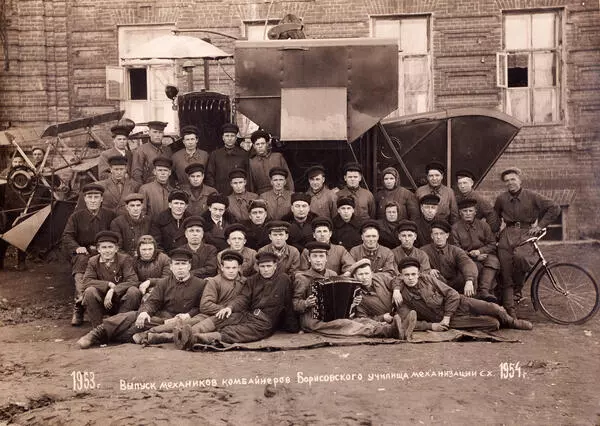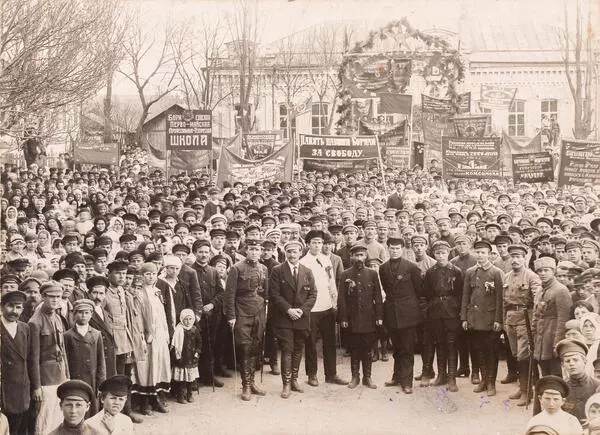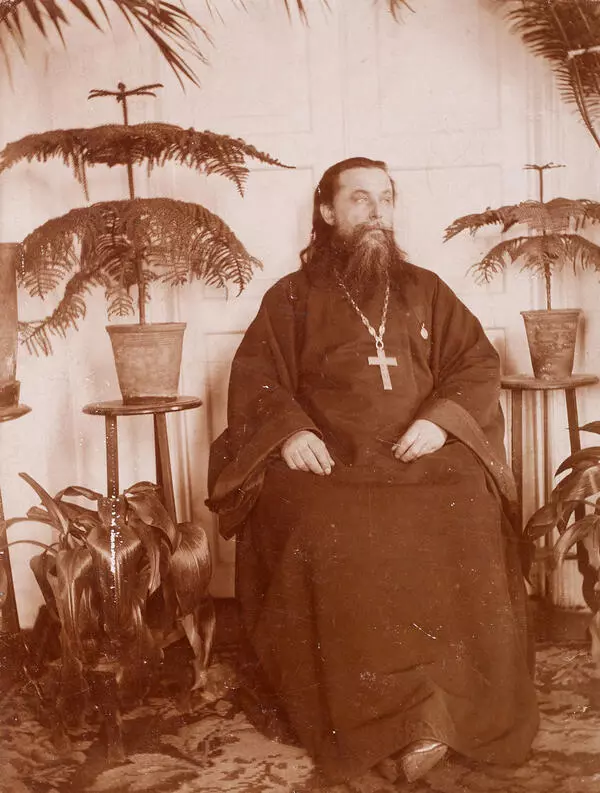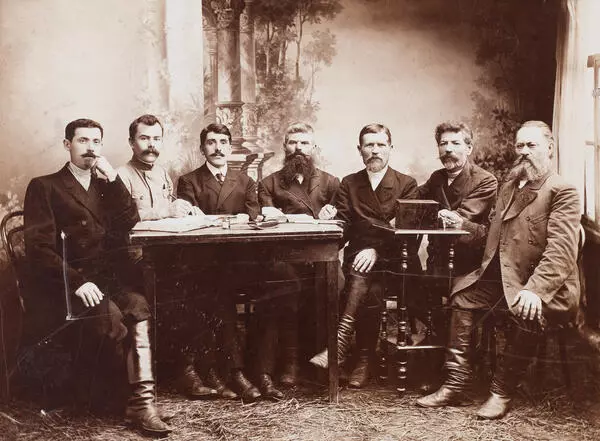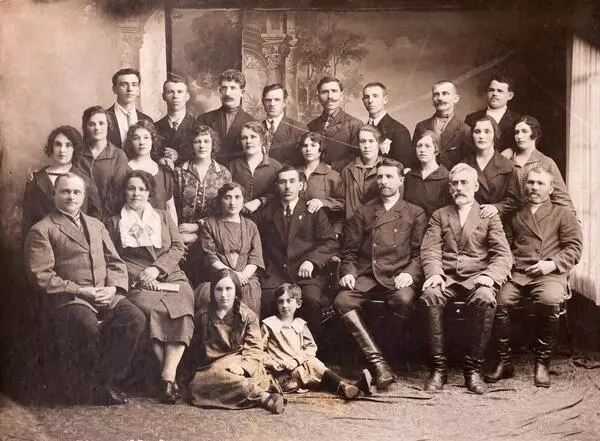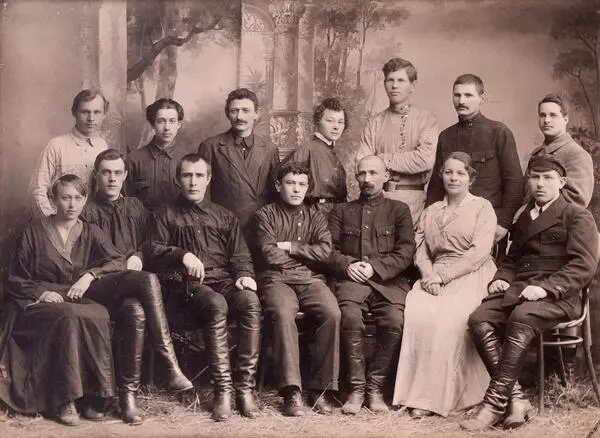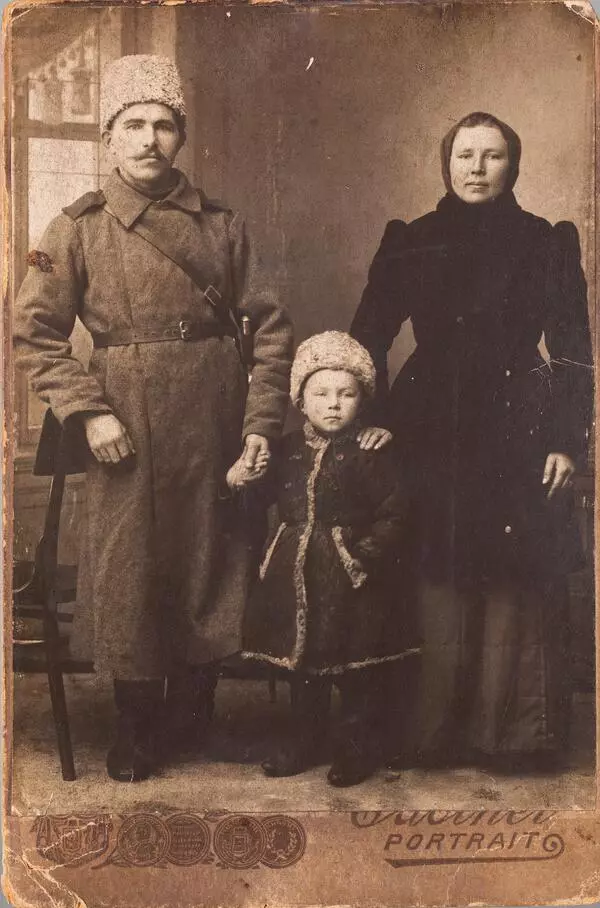1918 was a difficult year for private photographers. Industrial and commercial establishments were requisitioned everywhere, and filming pavilions and laboratories suffered the same fate. The photographers turned for help to Vladimir Lvovich Rusetsky, chairman of the Committee of Photography and Photographic Equipment at the People’s Commissariat of Education. Rusetsky listened to their request and reported the problem personally to Anatoly Vasilyevich Lunacharsky. He also agreed to help them. As a result, the People’s Commissar for Education issued a favorable order for photographers: professional photo studios were equated with art workshops, were exempt from becoming residential spaces, and their owners were exempt from labor duty. Thanks to these benefits, photography continued to develop.
After 1917, the Belgorod photographer Grigory Vasilyevich Safontsev carried out orders in large numbers “on location”, recording the development and achievements of the new society. One of such socially important events was the planting of pine trees on the territory of the county.
After the October Revolution, natural resources, including forests, were nationalized, the foresters who kept order in them fled, were dismissed as “former tsarist officials” or disarmed and de facto deprived of their powers. The hopes that the peasants’ attitude to “their” forests would be careful and economical were not justified: “The deforestation was carried out in a barbaric way, without any attention to nature and age of the forest, ” the historian Evgeny Vladimirovich Voeikov quotes the foresters. Trees were cut down both for household needs and for sale, including contraband.
In 1923, when the pace of forest destruction became threatening, the Forest Code was adopted: from that moment forward, forests were divided into “public” (of local significance) and national. All of them were considered the property of the state, but the former were managed by artels, communes and other labor associations and protected by “forest guards”. The same code prescribed the return of weapons to foresters, since unarmed guards could not combat poachers and often paid with their lives for trying to deal with lawlessness.
Gradually, the problem of illegal removal of trees was solved, after which a program for restoring green areas was launched.
After 1917, the Belgorod photographer Grigory Vasilyevich Safontsev carried out orders in large numbers “on location”, recording the development and achievements of the new society. One of such socially important events was the planting of pine trees on the territory of the county.
After the October Revolution, natural resources, including forests, were nationalized, the foresters who kept order in them fled, were dismissed as “former tsarist officials” or disarmed and de facto deprived of their powers. The hopes that the peasants’ attitude to “their” forests would be careful and economical were not justified: “The deforestation was carried out in a barbaric way, without any attention to nature and age of the forest, ” the historian Evgeny Vladimirovich Voeikov quotes the foresters. Trees were cut down both for household needs and for sale, including contraband.
In 1923, when the pace of forest destruction became threatening, the Forest Code was adopted: from that moment forward, forests were divided into “public” (of local significance) and national. All of them were considered the property of the state, but the former were managed by artels, communes and other labor associations and protected by “forest guards”. The same code prescribed the return of weapons to foresters, since unarmed guards could not combat poachers and often paid with their lives for trying to deal with lawlessness.
Gradually, the problem of illegal removal of trees was solved, after which a program for restoring green areas was launched.

